SpaceLink intends to put four data relay satellites in Medium Earth Orbit, to complement and backup the Space Development Agency’s Transport Layer.
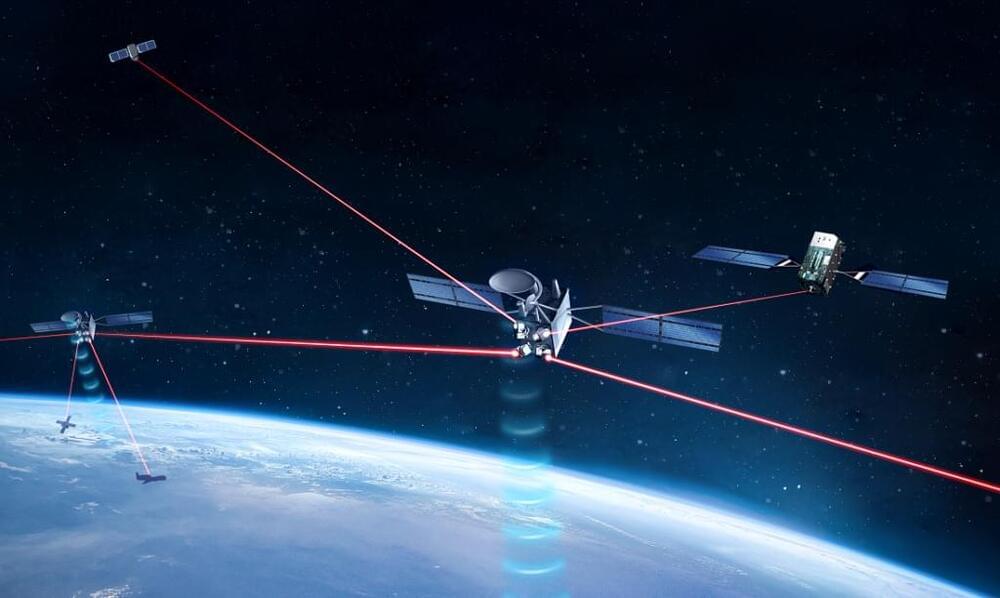

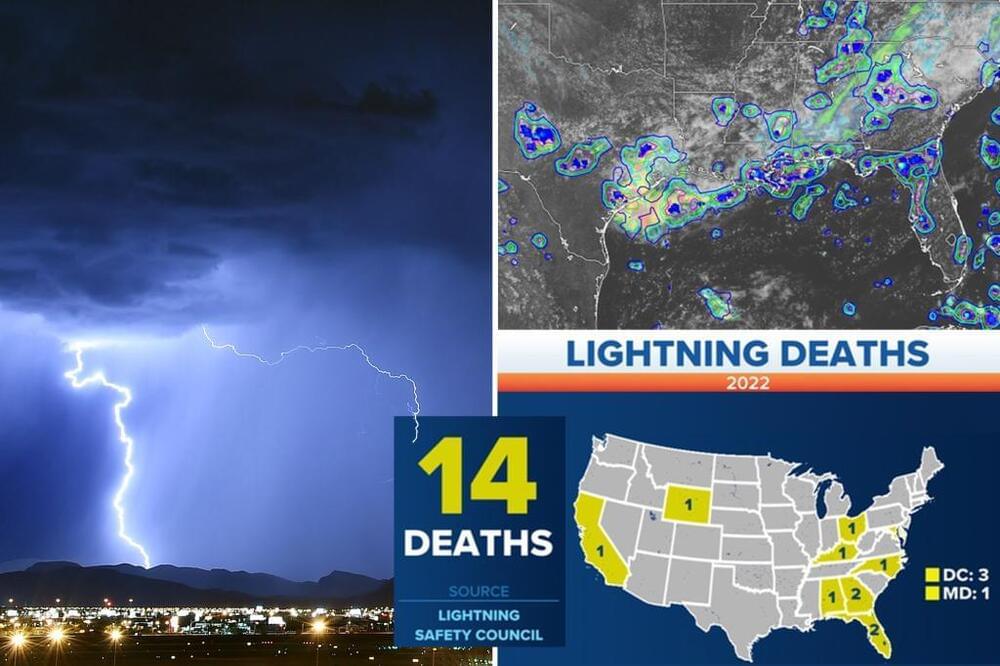
For decades children and adults have learned the motto “when thunder roars, go indoors.” It is a low-tech approach to staying safe when lightning could be in the immediate area, but thanks to advancements in forecast products, meteorologists are getting more advanced warning when these sudden dangers could be on the horizon.
The National Oceanic and Atmospheric Administration says several forecast offices around the country are using an experimental LightningCast product to determine who has the greatest chance of seeing lightning upwards of an hour before a strike.
The data comes from the GOES-16 and GOES-17 satellites that are constantly monitoring the skies over North America.
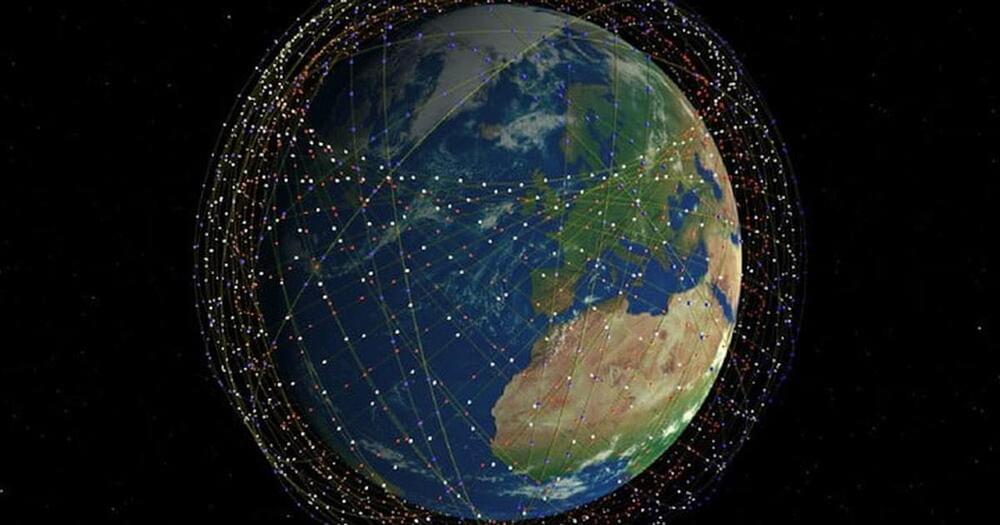
The new generation of Starlink satellites remains above the accepted brightness threshold.
Unlike the nascent Iridium constellation — which really only found niche applications — Starlink is already proving its worth. For example, Starlink is currently keeping the Internet on in Ukraine during the ongoing Russian invasion.
The main concern in professional astronomy is the impact on current and upcoming all-sky surveys, such as the Vera C. Rubin telescope. This survey will scour the sky nightly down to a faint +22nd magnitude. A recent article in Nature notes that the 1.5-meter Zwicky Transient Facility (ZTF) telescope at Palomar sees Starlink streaks on 18 percent of its deep-sky images. A recent International Astronomical Union statement called for operational Starlinks to fall below +7th magnitude.
Of course, light pollution isn’t really anything new, and the problem predates Starlink. The current problem many a stargazer has noticed is that despite mitigation efforts, the Starlink trains are still bright, especially on initial orbital deployment before they’re placed in higher operational altitudes.
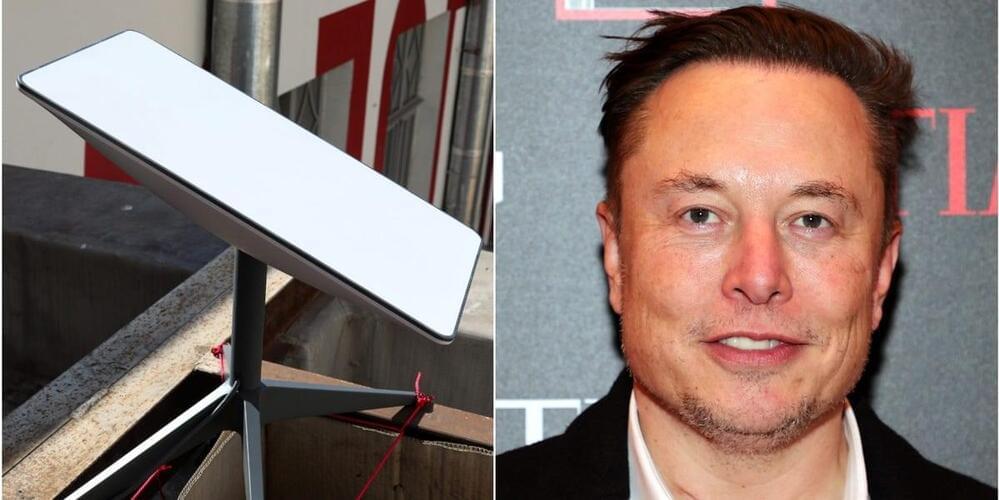
The Federal Communications Commission denied SpaceX’s bid for $886 million in US subsidies on Wednesday.
Elon Musk’s startup was seeking funds to provide its satellite internet service to rural communities in nearly 650,000 locations across 35 states. The FCC funding is part of a $9.2 billion Rural Digital Opportunity Fund — an effort to bring WiFi to remote areas of the country where it would be more expensive to serve customers.
Starlink and LTD Broadband were both denied FCC subsidies. The agency said in a press release that both companies “failed to demonstrate that the providers could deliver the promised service.”
A detailed 3D study of a massive electrical discharge that rose 50 miles into space above an Oklahoma thunderstorm has provided new information about an elusive atmospheric phenomenon known as gigantic jets. The Oklahoma discharge was the most powerful gigantic jet studied so far, carrying 100 times as much electrical charge as a typical thunderstorm lightning bolt.
The gigantic jet moved an estimated 300 coulombs of electrical charge into the ionosphere—the lower edge of space—from the thunderstorm. Typical lightning bolts carry less than five coulombs between the cloud and ground or within clouds. The upward discharge included relatively cool (approximately 400 degrees Fahrenheit) streamers of plasma, as well as structures called leaders that are very hot—more than 8,000 degrees Fahrenheit.
“We were able to map this gigantic jet in three dimensions with really high-quality data,” said Levi Boggs, a research scientist at the Georgia Tech Research Institute (GTRI) and the paper’s corresponding author. “We were able to see very high frequency (VHF) sources above the cloud top, which had not been seen before with this level of detail. Using satellite and radar data, we were able to learn where the very hot leader portion of the discharge was located above the cloud.”
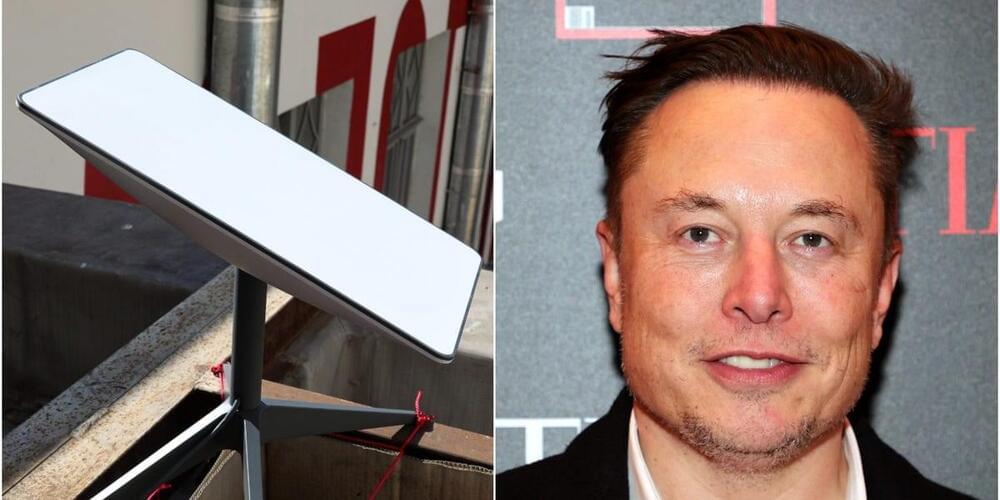
SpaceX says responsible researchers are welcome to hack into its satellite internet network, Starlink. It added that it could pay them up to $25,000 for discovering certain bugs in the service.
The announcement came after security researcher Lennert Wouters said last week he was able to hack into Starlink using a $25 homemade device. He said he performed the test as part of SpaceX’s bug bounty program, where researchers submit findings of potential vulnerabilities in Starlink’s network.
In a six-page document entitled “Starlink welcomes security researchers (bring on the bugs),” SpaceX congratulated Wouters on his research.

And cleaning up the resulting space debris would be like ‘collecting bullets’.
SpaceX’s Starlink mega-constellation is growing at rocket speed.
SpaceX CEO Elon Musk recently announced that the private space company expects over 4,200 Starlink satellites in operation within 18 months\.
The number of satellites in orbit is increasing and soon we will have difficulties observing the sky. Cleaning up the space debris would be like ‘collecting bullets’.
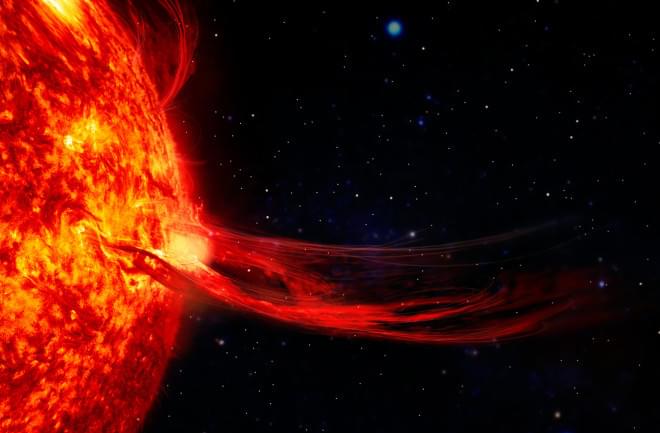
The biggest geomagnetic storm in recorded history happened more than 150 years ago. Now, we’re entering yet another period of solar maximum.
It was just another September night in 1,859 when Richard Carrington and Richard Hodgson witnessed a remarkable event. The British astronomers weren’t together, but both happened to be peering at the Sun through telescopes at the precise moment that a massive ejection spewed from the fiery star. Within a few days, others on Earth noticed colorful aurora streaking across the skies and telegraph lines — the advanced technology of the day in Europe and North America — erupting in sparks.
The solar flare came to be known as the Carrington Event, named after one of the two astronomers who first described it. Despite occurring more than 150 years ago, it still stands as the strongest known geomagnetic storm (though we lack measurements to say precisely how big it was).
Earth has felt the effects of a few significant geomagnetic storms since then, all of which caused power blackouts and satellite damage. As a result, power companies and satellite manufacturers have built resistance into our technology. But what would happen if another Carrington Event-level solar flare occurred today? Would we be ready for it?
But the dark matter hypothesis isn’t perfect. Computer simulations of the growth of galaxies suggest that dark-matter-dominated galaxies should have incredibly high densities in their centers. Observations of real galaxies do show higher densities in their cores, but not nearly enough as those simulations predicted. Also, simulations of dark matter evolving in the universe predict that every galaxy should have hundreds of smaller satellites, while observations consistently come up short.
Given that the dark matter hypothesis isn’t perfect — and that we have no direct evidence for the existence of any candidate particles — it’s worth exploring other options.
One such option was introduced back in the 1970s alongside the original dark matter idea, when astronomer Vera Rubin first discovered the problem of stars moving too quickly inside galaxies. But instead of adding a new ingredient to the universe, the alternative changes the recipe by altering how gravity works at galactic scales. The original idea is called MOND, for “modified Newtonian dynamics,” but the name also applies to the general family of theories descended from that original concept.